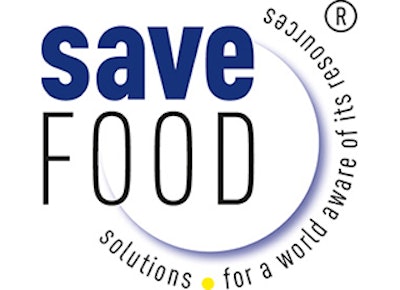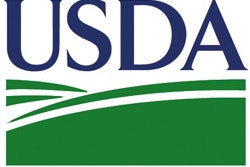
Forty-five percent of the fruit and vegetables produced worldwide is not consumed but lost. With the exception of roots and tubers, there is no other food segment where the losses are so high on an international scale. Be it kiwi, mango or carrots, almost half the crops growing on pastures, plantations and farms never reach the consumer. They go bad, rot or are thrown away because they do not (or no longer) live up to certain retail criteria. Forty-five percent of global production roughly corresponds to 3.7 trillion apples.1 By comparison, the annual apple consumption of the German population amounts to some 11.5 billion.2
Besides bad weather conditions during growing or delayed harvesting, storage and transport are among the biggest risk factors when it comes to fruit and vegetable losses. About 40 percent of all foodstuffs perish in threshold and development countries immediately after being harvested. On a global scale, the proportion of food becoming unfit for human consumption during transport and distribution is as high as one-fifth.3
This problem can be solved by using relevant packaging and transport solutions — for instance, special transportation containers. They make it possible to significantly extend the 45-day shelf life by subjecting the foodstuffs to artificial “hibernation.” This is achieved due to new technologies, such as air-control systems in the containers. They lower the oxygen content in the air, delaying the maturing process since they use a sophisticated room temperature management.4
Another example for minimizing fruit and vegetable losses comes from XCOM Africa, the business consultants specializing in Africa and partner of the SAVE FOOD Initiative. Approximately one-third of the mangos harvested in East African Kenya go to waste because there is a lack of processing and packaging capacities. At the same time, the international demand for mangos is high and domestic demand is growing, too. To efficiently tap into this growth potential, XCOM Africa has worked out a dedicated program for local mango processing that enables producers to benefit from higher added value. This program will be implemented shortly with various project partners in Kenya. It contributes to reducing losses since more fruit can be processed with the help of the appropriate processing technology — especially the fruits no longer fit for immediate consumption or those which would not last during a longer transport.
Explaining the underlying idea, Marc Zander, CEO of XCOM Africa, says: “Even small steps against food losses can produce a major impact on the food supply chains of African states. So far, products often do not even get to the people due to a number of problems. What we need are local tailor-made solutions such as packaging and transport solutions. Here, SAVE FOOD can provide key impulses and support with its expertise.”
Further details on the mango project as well as on the overall problem of food loss and waste will be part of the agenda of the second international SAVE FOOD Congress in Düsseldorf, Germany from May 7 to 8, 2014. interpack — the leading international trade fair for the packaging industry and related process industries — serves as an ideal platform to bring industry experts from business, government, associations and the public sector together.
1) FAO, Global Food Losses and Food Waste, 2012
2) Also see: Federal Ministry for Food and Agriculture, Press Release No. 232 dated 15 August 2013; “Mittlere Gewichte einzelner Obst- und Gemüseerzeugnisse” (Mean Weights of Individual Fruit and Vegetable Products), Federal Authority for Consumer Protection and Food Safety, 2002.
3) Erik Hogh-Sorensen, Maersk Container Industry, Keynote Speech “Food Packaging and Logistics”, SAVE FOOD Partnership Event, FAO, Rome, 11.12.2013.
4) Ibid.
About SAVE FOOD:
SAVE FOOD is a joint initiative of the Food and Agriculture Organisation of the United Nations (FAO) and Messe Düsseldorf GmbH against worldwide food loss and waste. Since the beginning of 2013 the initiative has also been supported by the United Nations Environment Programme (UNEP). SAVE FOOD seeks to network between the relevant players in business, government and research, encourage dialogue and help to find solutions along the food value chain. Another goal is to initiate and promote special SAVE FOOD projects with support from industry. SAVE FOOD was launched in Düsseldorf, Germany in May 2011 with an international convention and an exhibition as part of interpack, the world’s leading trade fair for the packaging industry and the related processing sectors. Experts from business, government and public sector will meet again at interpack 2014 on May 7 and 8 to discuss the issue of food loss and waste. Further details are available at www.save-food.org.
For more food industry news and information, subscribe here and follow us on Twitter, Facebook or LinkedIn.























